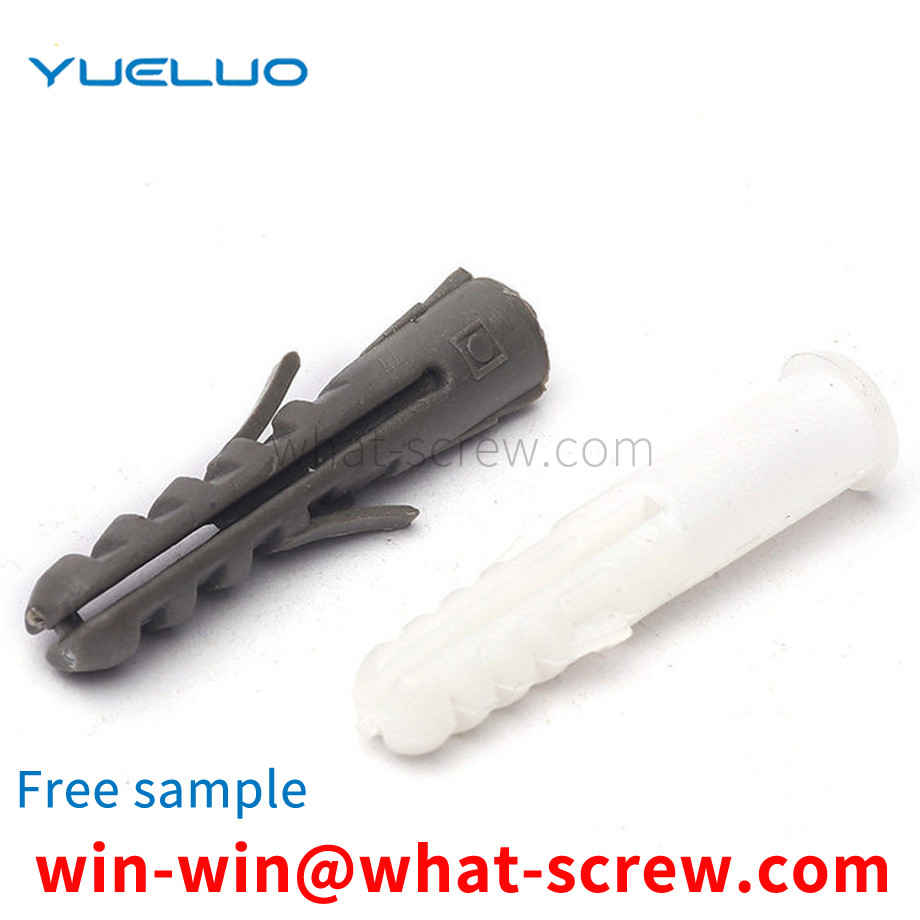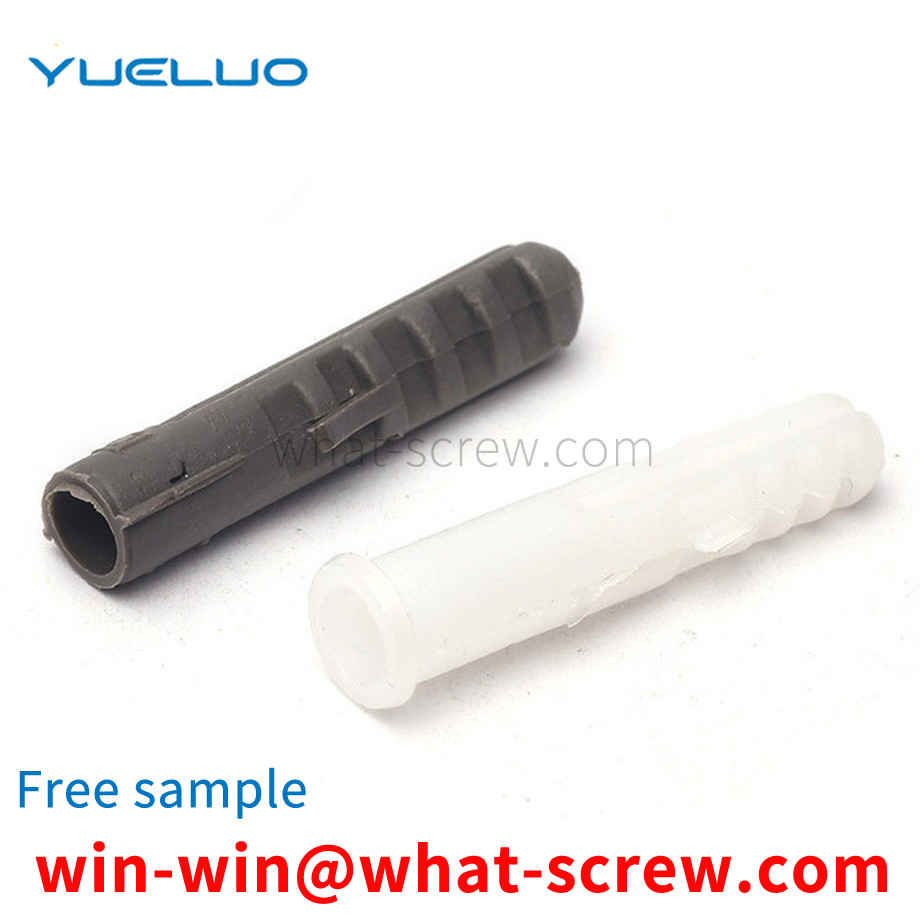As one of the indispensable parts in automobiles, the main function of the screw is to fix the parts with through holes and the parts with screw holes together. The existing automobile screws include a screw rod and a head, and the thread pitches on the screw rod are equal. , When in use, directly screw the screw into the screw hole, so as to connect and fix the two parts, this connection method, however, when the screw has different thread spacing or part of the thread is damaged, the thread cannot be repaired and replaced. Then the whole screw will be scrapped.
(1) The screw-in performance test is to screw the self-tapping locking screw sample into the test plate until one complete thread completely passes the test without breaking. (2) The destructive torque test is to clamp the stem of the self-tapping locking screw specimen in a thread mold or other device that matches the screw thread, and uses a calibrated torque-measuring device to measure the screw. Torque is applied until fracture, which should not occur in the clamped threaded portion. (3) Carry out a tensile test on the screw sample to check the minimum tensile load for failure. The fracture should be within the length of the rod or the unthreaded thread, and should not occur at the junction of the nail head and the rod. Before the sample breaks, it should be It can reach the minimum tensile load specified by the corresponding performance class. (4) Hydrogen embrittlement is a problem that must be strictly paid attention to in the surface treatment process of self-tapping locking screws. In the pickling process, the screw is stirred in dilute hydrochloric acid, and the amount of hydrogen absorbed by the pickling steel increases linearly with the square root of time and reaches the saturation value. Less than 100%, a large number of hydrogen atoms will be produced, which will be attached to the surface of the screw, resulting in hydrogen infiltration, and the steel will become brittle due to the absorption of hydrogen. The self-tapping locking screw takes 6~8h to drive hydrogen, and the temperature is 160~200℃ (phosphating) and 200~240℃ (electroplating). However, in the production process, the hydrogen drive time should be determined according to many production conditions such as core hardness, surface roughness, electroplating time, coating thickness, pickling time, and acid concentration. It is best to do it before passivation and just after electroplating.
Hexagon head bolts are divided into two types: outer hexagon bolts and inner hexagon screws. According to the force mode of the connection, there are ordinary ones and those with reaming holes. The bolts used for reaming holes should be matched with the size of the holes and are used when receiving lateral force. According to the shape of the head, there are hexagonal head and round head. , square head, countersunk head, etc. Generally, the countersunk head is used in places where the surface is smooth and no protrusions are required after connection, because the countersunk head can be screwed into the part. The round head can also be screwed into the part. The tightening force of the square head can be Larger, but larger in size. Hexagons are the most commonly used. In addition, in order to meet the needs of locking after installation, there are holes in the head and holes in the rod. These holes can prevent the bolts from loosening when they are subjected to vibration.
The independent pocket spring pad includes a large number of independent pocket springs, and these independent pocket springs are regularly arranged in rows and columns to form a spring pad. Wherein, each row of pocket spring rows is laterally bonded to the adjacent row of pocket spring rows.
The front wall sound insulation pad is used to absorb the heat and noise transmitted by the firewall, and also plays the role of heat insulation and vibration isolation, ensuring a relatively quiet and comfortable environment in the car and improving ride comfort. As shown in FIGS. 1 and 2 , the front wall sound insulation and heat insulation pad 101 is generally fixed to the vehicle body by means of screw buckles 102 . The screws 100 are clamped by the clamping feet 103 in the screw The limiting rib 104 clamps the screw 100. After the screw 100 is clamped into the screw buckle 102, the tail end of the screw 100 is exposed, which is easy to scratch the operator when assembling other components, and the exposed screw 100 is easy to cause corrosion, thereby affecting the connection strength of the screw 100, and also The service life of the screw 101 is reduced.
We have many years of experience in the production and sales of screws, nuts, flat washers, etc. The main products are: blackened hexagon socket bolts, Phillips countersunk head screws and nuts, wide-sided flat washers, flat head adjusting screws and screws and other products, we can provide you with suitable products. Your fastener solution.



















 Service Hotline
Service Hotline




